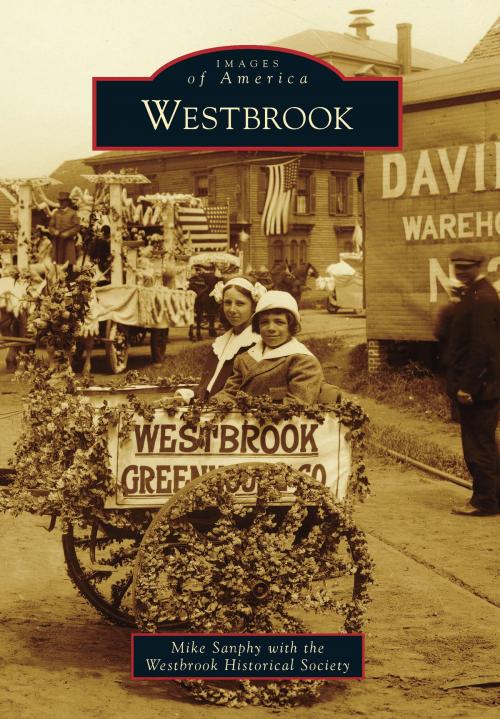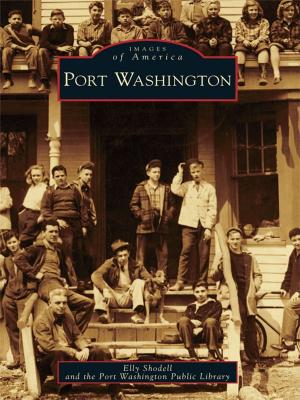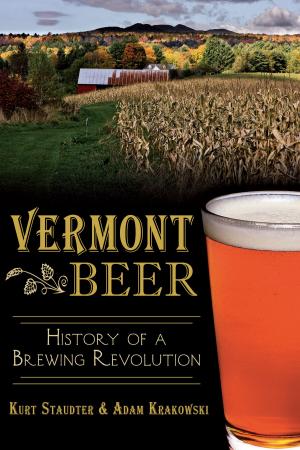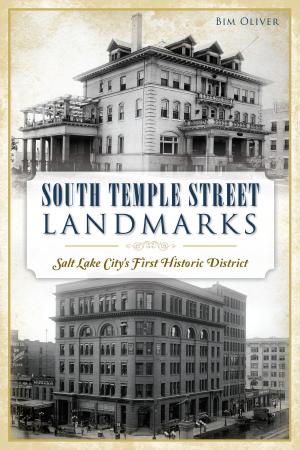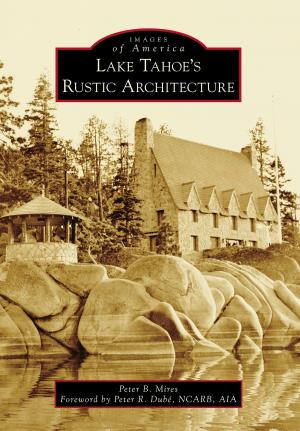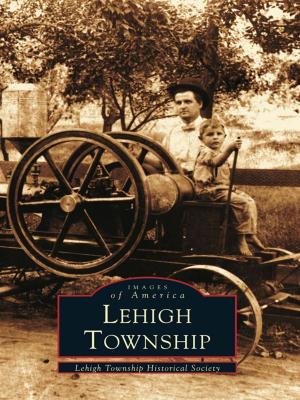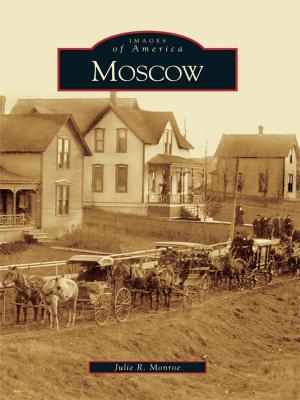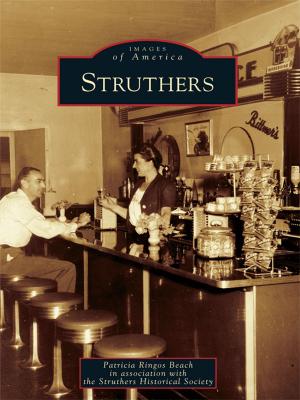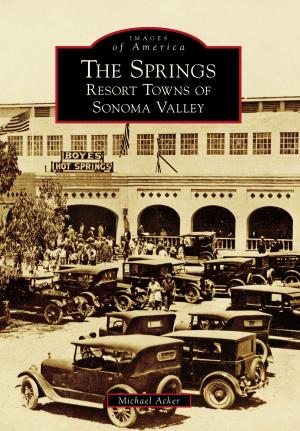| Author: | Mike Sanphy, Westbrook Historical Society | ISBN: | 9781439645574 |
| Publisher: | Arcadia Publishing Inc. | Publication: | June 2, 2014 |
| Imprint: | Arcadia Publishing | Language: | English |
| Author: | Mike Sanphy, Westbrook Historical Society |
| ISBN: | 9781439645574 |
| Publisher: | Arcadia Publishing Inc. |
| Publication: | June 2, 2014 |
| Imprint: | Arcadia Publishing |
| Language: | English |
The town of Westbrook, Maine, was incorporated in 1814 while under the jurisdiction of the Commonwealth of Massachusetts and was voted to become a city in 1891. Settlers were first drawn to the area for its prime location along the Presumpscot River as they harvested lumber and built sawmills and gristmills. The Cumberland & Oxford Canal, built by Irish laborers, ran along the river through wooded areas, ponds and lakes, and neighboring towns. It served as a major transportation route until the development of railroads. Rail enabled Westbrook to become an industrial center, attracting many skilled workers. Several mills, such as Westbrook Manufacturing, Haskell Silk Mill, S.D. Warren Paper Mill, and Dana Warp Mill, exported their goods across the globe. While dairy farms once populated the town�s landscape, only a few are left standing, most notably Smiling Hill Farm. Today, Westbrook, diverse in population, features fine restaurants and a growing music and art community.
The town of Westbrook, Maine, was incorporated in 1814 while under the jurisdiction of the Commonwealth of Massachusetts and was voted to become a city in 1891. Settlers were first drawn to the area for its prime location along the Presumpscot River as they harvested lumber and built sawmills and gristmills. The Cumberland & Oxford Canal, built by Irish laborers, ran along the river through wooded areas, ponds and lakes, and neighboring towns. It served as a major transportation route until the development of railroads. Rail enabled Westbrook to become an industrial center, attracting many skilled workers. Several mills, such as Westbrook Manufacturing, Haskell Silk Mill, S.D. Warren Paper Mill, and Dana Warp Mill, exported their goods across the globe. While dairy farms once populated the town�s landscape, only a few are left standing, most notably Smiling Hill Farm. Today, Westbrook, diverse in population, features fine restaurants and a growing music and art community.
